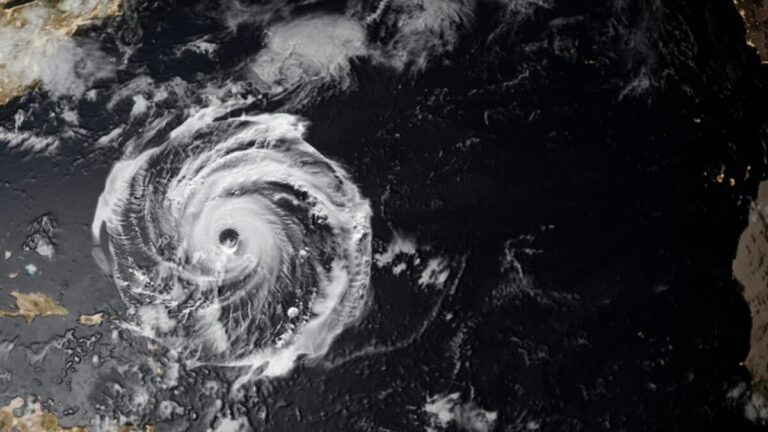Hurricane Helene made landfall in Florida on September 26, 2024, as a powerful Category 4 storm with maximum sustained winds of 150 mph. It became the deadliest Atlantic hurricane since Hurricane Maria in 2017, causing catastrophic damage across the state. The storm’s ferocious winds and torrential rains left widespread devastation, particularly in coastal areas, where homes, businesses, and essential infrastructure were completely destroyed.
As of now, the storm is responsible for at least 236 fatalities, with hundreds more reported missing. The scale of the disaster in Florida has been immense, with much of the state’s infrastructure left in ruins. Power lines and trees were felled by the intense winds, leaving millions without electricity. In addition, the storm’s torrential rainfall has caused severe flooding, submerging entire neighborhoods and hampering rescue operations. Many areas remain inaccessible due to the extensive damage, and search-and-rescue efforts are ongoing.
Economic and Environmental Impact
The destruction wrought by Hurricane Helene has not only caused immediate loss of life and property but also dealt a significant blow to Florida’s economy. The storm has disrupted agriculture, with thousands of acres of crops completely destroyed, further exacerbating the state’s economic struggles. Operations at major ports have been halted, adding to the ongoing challenges in the supply chain and affecting industries that rely on Florida’s ports for trade.
The storm’s impact on the environment has also been severe, with wetlands, coastal ecosystems, and wildlife habitats suffering substantial damage. The combination of intense wind, flooding, and storm surge has eroded beaches, flooded sensitive areas, and worsened existing environmental issues, such as coastal erosion.
Federal Response and Ongoing Recovery Efforts
In response to the devastation, the federal government has declared Florida a disaster area, enabling the release of emergency funds and resources to support recovery efforts. President Biden has pledged full support for the state, including financial aid and the mobilization of emergency response teams. The National Guard has been deployed to assist with evacuations, search-and-rescue missions, and delivering supplies to those in need.
While immediate rescue and relief efforts are underway, the long-term recovery process is expected to be lengthy and challenging. Authorities are focusing on rebuilding the damaged infrastructure, restoring essential services like electricity and water, and providing aid to affected residents. Emergency shelters are being set up to house those who have lost their homes, while local and state governments are working to coordinate resources for rebuilding efforts.
The Growing Threat of Climate Change and Future Preparedness
Hurricane Helene’s devastation highlights the increasing intensity of extreme weather events, with many experts pointing to climate change as a driving factor behind the rise in severe storms. The storm’s ferocity has intensified the growing concerns surrounding climate change and the need for stronger adaptation measures. Experts are calling for more robust infrastructure, including improved flood defenses and stronger buildings, as well as more effective disaster management strategies to better prepare for future storms.
With climate change contributing to the increasing frequency and intensity of hurricanes, it is becoming increasingly urgent for governments and communities to adapt to the new reality of extreme weather. The impact of Hurricane Helene underscores the importance of investing in climate resilience and reducing vulnerability to such catastrophic events.
Looking Ahead: The Road to Recovery
As Florida begins its long road to recovery, the challenges ahead are daunting. Rebuilding the state’s infrastructure, restoring its economy, and addressing the long-term environmental and social impacts of the storm will require significant efforts and resources. While immediate relief efforts are crucial, addressing the underlying issues of climate change and ensuring better preparedness for future storms will be key to safeguarding Florida’s future.
The resilience of Florida’s residents, combined with federal, state, and local efforts, will be critical in helping the state recover from this devastating event. As the state begins to heal, the lessons learned from Hurricane Helene will shape the region’s approach to future disasters, with an increased focus on climate adaptation and disaster resilience.


